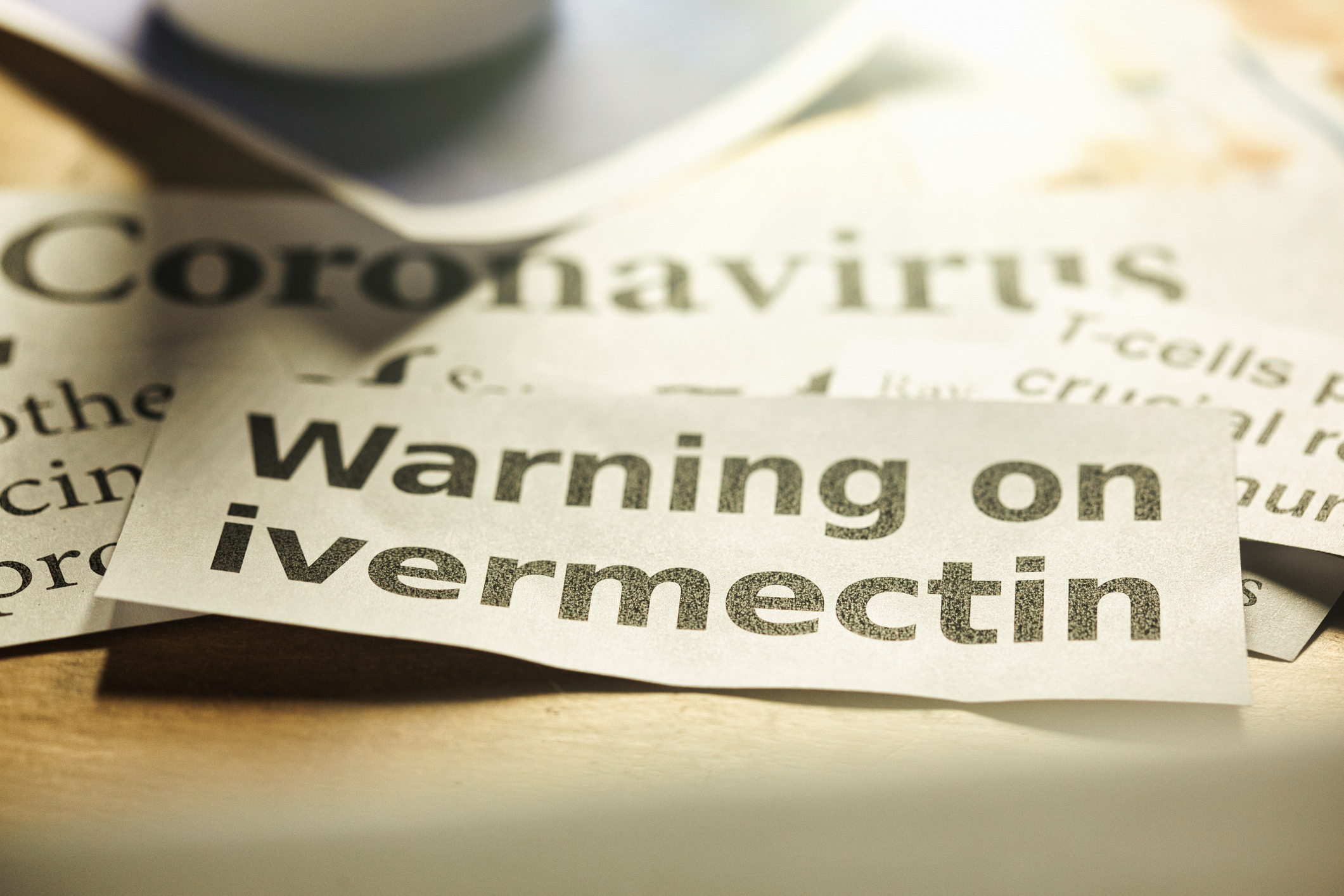- Every year, nearly six infants for every 100,000 live births die before their first birthday in the U.S. (compared to rates as low as 2.0/100,000 in Japan), which is a higher infant mortality rate (IMR) than in more than 50 other nations.
- Accidental strangulation or suffocation accounted for at least 900 of the approximately 3,700 sudden unexplained infant deaths (SUIDs) in the U.S. in 2015, and has led the American Academy of Pediatrics and others to recommend the “back to sleep” protocol for all babies.
- Other causes of SUIDs are less clear but are considered to be multifactorial and, while; public health authorities give little credence to the impact of vaccination, outstanding questions about a potential association between infant death and vaccination warrants further research.
A recent report by WTVM television of Columbus, GA claimed, “Three to four babies a week are dying in Georgia due to Sudden Infant Death Syndrome (SIDS) or other sleep related causes.”1 In 2015, there were 170 sleep-related infant deaths in Georgia alone, up from previous years.2 Arkansas reported the highest infant mortality rate (IMR) of all states, with 141.1 deaths per 100,000 live births, while New York reported the lowest number, 14.1.3
In 2016, the U.S., as a whole, registered nearly six infant deaths per 100,000 live births.4
These numbers compare poorly with those of other developed nations. Japan, for example, has an infant mortality 2.0 deaths per 100,000 live births.5
Breakdown of Sudden Deaths in Infancy
By its very definition, Sudden Unexpected Infant Death (SUID) and its subcategory of SIDS often seem to come out of nowhere. SUID is defined by the Centers for Disease Control and Prevention (CDC) as “the death of an infant less than 1 year of age that occurs suddenly and unexpectedly, and whose cause of death is not immediately obvious before investigation.” SIDS is “the sudden death of an infant less than one year of age that cannot be explained after a thorough investigation is conducted, including a complete autopsy, examination of the death scene, and a review of the clinical history.”6
SUID includes not only SIDS, but also sudden death from “Unknown Cause” (usually attributed to an incomplete investigation), and “Accidental Suffocation and Strangulation in Bed.”
There were an estimated 3,700 unexpected infant deaths in the U.S. in 2015, with 1,600 defined as SIDS. Of those 3,700 SUIDs, 1,600 were categorized as SIDS and 1,200 as unknown causes. Only about 900 deaths were attributed to accidental suffocation and strangulation in bed.7 Yet it is that last category that receives widespread public attention, probably because it is the only type of sudden infant death considered preventable given current medical knowledge.
Some of the causes of accidental suffocation include suffocation by crib bedding such as pillows or loose blankets, “overlay,” from a co-sleeping adult who accidentally rolls onto the infant while sleeping, “wedging or entrapment,” as may occur if an infant becomes wedged between a mattress and the wall or bedframe, and “strangulation,” as when an infant’s head or neck is caught between railings of a crib.8
Recommendations for preventing SIDS from the American Academy of Pediatrics (AAP)9 and the American SIDS Institute10 include avoiding cigarette smoke both during pregnancy and around the infant, room sharing but not bed sharing; never sleeping with an infant in a chair, sofa or bed—particularly if alcohol or drugs have been used; using a firm crib mattress, and clothing the baby in a one piece sleeping garment but not using blankets or other loose bedding, pillows, soft toys or positioning devices; and always putting the infant to sleep on his or her back.
Many sources point to the importance of breastfeeding for at least the first six months of life. Others also suggest that offering a pacifier at sleep times appears to reduce the risk of SUID, possibly due either to improved autonomic control during sleep or their effect on keeping airways open.
These suggestions may offer some protection against deaths due to strangulation or suffocation, but what about the other 2,800 unexplained infant deaths? There is very little credible information about what causes truly unexplainable infant death, but it is believed to be multifactorial. Some factors that may contribute to some of these deaths include brainstem abnormalities, genetic differences or mutations that may cause cardiac changes or issues with inflammatory regulation that may predispose the infant to sudden death.11
What About Vaccination?
Although the AAP’s position is that infants should receive all recommended vaccinations on the CDC-recommended schedule, there have been both anecdotal and published reports that SUID may have a causal relationship to vaccination for some babies. According to a 2016 AAP report, “the incidence of SIDS peaks at a time when infants are receiving numerous immunizations.”12That report makes reference to a number of case reports during the 1970s of infant deaths occurring soon after babies had received diphtheria, tetanus and pertussis (DTP) vaccines.
The AAP noted that of the six studies conducted to review the data, four showed no causality and two showed that in a certain subgroup there might be a temporal causation.
A 2003 report from the Institute of Medicine (IOM) stated, “The evidence favors rejection of a causal relationship between exposure to multiple vaccinations and SIDS.” There are a few published articles suggesting that vaccination might offer some protection against SIDS.13
Although medical authorities tend to reject the theory that vaccination could lead to infant death, there is anecdotal evidence in the form of innumerable personal stories about infants, who were healthy and died suddenly without explanation after vaccination.14 As reported by the National Vaccine Information Center (NVIC), “developed nations with poor infant mortality rates, like the U.S., tend to give their infants more doses of vaccines before age one.”15 A 2011 study found “a high statistically significant correlation between increasing numbers of vaccine doses and increasing infant mortality rates.”16
In 2015, CDC officials published an analysis of deaths following vaccination that were reported to the federal Vaccine Adverse Event Reporting System (VAERS) between 1997 and 2013. Most death reports involved male children under age 17. Among 1,244 child death reports with available death certificates and autopsy reports, 44 percent (544) were listed as sudden infant death syndrome. There were 146 child deaths categorized as “undetermined.” Nearly 80 percent of children who died after vaccination had received more than one vaccination on the same day. The number of deaths reported in children following vaccination exceeded those in adults in every one of the 16 years reviewed.
The CDC researchers stated, “SIDS was the leading cause of death (28.1%) among all reports and accounted for 51.7% of death reports in infants, which is consistent with infant mortality data that place SIDS as the third leading cause of death in the United States among infants.” They concluded that “We did not detect any concerning patterns that would suggest causal relationships between vaccination and deaths.”17
It is estimated that only between one and 10 percent of serious adverse events that occur after vaccination are reported to VAERS.18 19 Most infants in the U.S. receive 35 doses of vaccines in the first year of life, with 25 doses given by age six months.20
Correlation may not equal causation, but when between 2,000 and 3,000 babies die every year in the U.S. before their first birthday and their deaths are categorized as SIDS or “unexplained,” the potential association between unexpected infant death and vaccination merits deeper consideration and a more thorough scientific investigation than it has been given so far.
References:
1 Georgia babies dying weekly from SIDS. WTVM.com Jan. 10, 2017.
2 Catanese R. Rise in infant deaths in Georgia has GBI, doctors alarmed. Fox 28 Media Sept. 18, 2017.
3 Norsworthy C. Where In The US Are SIDS Rates Highest? There Are Huge Discrepancies Between States. Romper Mar. 28, 2017.
4 National Center for Health Statistics. Mortality in the U.S., 2016: What are the leading causes of infant death? Dec. 21, 2017.
5 CIA. Country Comparison: Infant Mortality Rate. The World Factbook 2017.
6 Centers for Disease Control and Prevention. About SUID and SIDS. CDC.gov Feb. 1, 2017
7 CDC. Sudden Unexpected Infant Death and Sudden Infant Death Syndrome. CDC.gov Nov. 8, 2017.
8 AAP Expands Guidelines for Infant Sleep Safety and SIDS Risk Reduction. American Academy of Pediatrics Oct. 10, 2011.
9 Reduce the Risk. The American SIDS Institute 2017.
10 Moon RY. SIDS and Other Sleep-Related Infant Deaths: Evidence Base for 2016 Updated Recommendations for a Safe Infant Sleeping Environment. AAP Taskforce on Sudden Infant Death Syndrome. Pediatrics October 2016.
11 Ibid.
12 See Footnote 10.
13 See Footnote 10.
14 Think Twice. Sudden Infant Death Syndrome(SIDS). Global Vaccine Institute 2017.
15 Fisher BL. In Memoriam: Infant Deaths & Vaccination. NVIC Newsletter May 24, 2011.
16 Ibid.
17 Moro PL, Arana J et al. Deaths Reported to the Vaccine Adverse Event Reporting System, United States, 1997-2013. Clin Infect Dis 2015; 61(6): 980-987.
18 Rosenthal S, Chen R. The reporting sensitivities of two passive surveillance systems for vaccine adverse events. Am J Public Health 1995; 85: 1708-9.
19 Braun M. Vaccine adverse event reporting system (VAERS): usefulness and limitations. Johns Hopkins Bloomberg School of Public Health.
20 CDC. Immunization Schedules for Infants and Children. CDC.gov 2017.















18 Responses
Remember when the ‘Bernie Baby’ died of SIDS?
I would be curious to know how many cases of SIDS exist in un-vaccinated children.
Vaccines,
Vacicines
Is there any data showing in how many of the SIDS cases has the infant recieved zero vaccines? In other words…I want to know if any of the infants who died of SIDS were unvaccinated.
Me too!!!
How many of those male infants died after being circumcised?
And it’s cruel to stick a newborn. They did that with our first daughter, several vaccines within minutes of being birthed and initially washed. We then said no, let’s wait. One of our first consideration points for going against vaccines was simply the barbaric nature of causing pain to a newborn. Then when we learned about the dangers of vaccines themselves, we never returned to that practice. Before babies are even handed back to their mother, they’re given multiple needle pokes. That’s not good parenting by any standard. The first week of life is the most precarious, purposefully causing pain to the infant should not be required practice. We let them vaccinate our first again around age 2. Neural screaming, you’ll know it when you hear it. How could parents go back if the vaccines cause such negative reactions in their own kids? Better to be safe than sorry, better to avoid vaccines all together. As a parent, you are a caregiver, do no harm first.
This is so sad. I live in the United States and have a niece who passed away from SIDS. I have read that doctors do not want to report to VAERS because they do not want to seem anti-vaccine and that nurses aren’t taught to but parents and family members can report on VAERS if after a vaccination the infant/child had any reaction or sadly death. Let’s start reporting.
Vaccine manufacturers can deny these side effects of their vaccines but if you ask for the manufacturers insert that comes with every vial which by law has to be given to you if you request it they list adverse reactions to their poisons.An example is the MMR vaccine insert which lists the side effects as; fever,headache,dizziness,malaise,irritability,vasculitis,atypical measles,pancreatitis,diarrhea,vomiting,nausea,diabetes mellitus,thrombocytopenia,lymphadenopathy,leukocytosis,anaphylaxis and anaphylactoid reactions,angioneurotic,peripheral and facial edema,bronchial spasms chronic arthritis,Myalgia and paresthesia,chronic joint symptoms,arthralgia,encephalitis(brain swelling),guillain Barre syndrome(polio),subacute sclerosing panencephalitis,febrile convulsions,seizures,ocular palsies,convultions,neurological disorders,pneumonia,infections,meningitis,sore throat,cough,deafness,Stevens Johnson syndrome,retinitis,optic neuritis,conjunctivitis,autism,death.I am sure when a little baby is injected on their first hour of birth with the hepatitis B vaccine that contains many adjuvants to protect him or her from the illness that is only acquired thru intercourse and drug needle use their little brains get fried and their lungs become weakened and they finally succumb to SIDS.I am sure the side effects of every childhood vaccine is similar to the MMR or worse.But the inserts are kept hidden hoping you will never ask to see one and most likely the doctor has never read it either.So next time ask before letting your child become 1 more statistic
I want to know how many died that were unvaccinated?!!!!! I am guessing none.
Good article.
subway surfers
play subway surfers
So if doctors are not reporting deaths or injuries to VAERS, data is inaccurate. Unvaccinated are ridiculed if an outbreak occurs, however are not factored into data for any benefit, or lack of negative symptoms.
Too many involved with CDC hold patents on vaccines. Therefore data is manipulated to some threshold.
Of course it’s the vaccines They are giving our kids injection of chemicals 35 vaccines by the age of one year old the vaccines do nothing to help them just to cause health problems and death. Protect our children don’t listen to decepttions
Why are the unvaccinated children the cause of death of vaccinated children if they vaccinated children are vaccinated. Just another article I read.
This article is riddled with logical fallacies and lack of substantial evidence. All of the known reasons for SIDS that are listed in this article are physical (strangulation, suffocation, etc.) and have nothing to do with diseases. If the unknown causes of death were supposed to be due to vaccination, the effect of said vaccination on the body would show up in an autopsy. The CDC specifically stated that there was no causal evidence linking vaccines to SIDS. Anecdotal evidence is unreliable and impossible to verify, which is why it’s a great source if you don’t have any valid or reputable sources to draw data from. I suggest a critical re-read of the specifics of the evidence shown in this article. I promise you will find evidence that doesn’t line up, as well as plenty of logical fallacies that cause the whole point of this article (to make you fear vaccinating your children even though it has been proven time and again to be beneficial to both your child and/or society as a whole) to fall apart.
Look up SV-40…..they gave 100 million people {mostly children}… a vaccine that had cancer causing agents in it……yet you NEVER hear about that do ya…..they are playing mother nature…..and people stand by thinking they are just going to admit fault to sids or any other side effect of injecting these chemicals into babies???….REALLY….the medical field kills 250,000 people a year with their MISTAKES….where is my vaccine for that deadly killer?
The “Herd” is sicker then ever with all this advanced so called medicine??…Use some good ole common sense…..None of you want to eat food that has steroids or antibiotics or vaccines in the food you eat ….YET you want every kid on the planet filled with this crap…..look at what antibiotic over use has done with super bugs ….and killing off the gut flora in everyone….Your creating a WHOLE new disease that is a vaccine based virus that are man made….that the human body has NEVER had to deal with in history …..NOT the wild disease you hoped to fight….keep messing with mother nature and see what happens…..OH and by the way where do you think AIDS came from….I know I know they have debunked that theory to,,,,it just HAPPENED to line up perfectly with the same time they gave people the oral polio vaccine….But that isnt the problem either they say……sheep are easily fooled.
Cancer risk associated with simian virus 40 contaminated polio vaccine.
https://www.ncbi.nlm.nih.gov/pubmed/10472327
BACKGROUND:
The presence of SV40 in monkey cell cultures used in the preparation of the polio vaccine from 1955 through 1961 is well documented. Investigations have consistently demonstrated the oncogenic behavior of SV40 in animal models. Early epidemiologic studies were inadequate in demonstrating an increase in cancer incidence associated with contaminated vaccine. Recently, investigators have provided persuasive evidence that SV40 is present in human ependymomas, choroid plexus tumors, bone tumors, and mesotheliomas, however, the etiologic role of the virus in tumorigenesis has not been established.
MATERIALS AND METHODS:
Using data from SEER, we analyzed the incidence of brain tumors, bone tumors, and mesotheliomas from 1973-1993 and the possible relationship of these tumors with the administration of the SV40 contaminated vaccine.
RESULTS:
Our analysis indicates increased rates of ependymomas (37%), osteogenic sarcomas (26%), other bone tumors (34%) and mesothelioma (90%) among those in the exposed as compared to the unexposed birth cohort.
CONCLUSIONS:
These data suggest that there may be an increased incidence of certain cancers among the 98 million persons exposed to contaminated polio vaccine in the U.S.; further investigations are clearly justified.
Karen… Do some research on Dr William Thompson..Chief scientist from the CDC .. Whistleblower… proof that data is severely manipulated..